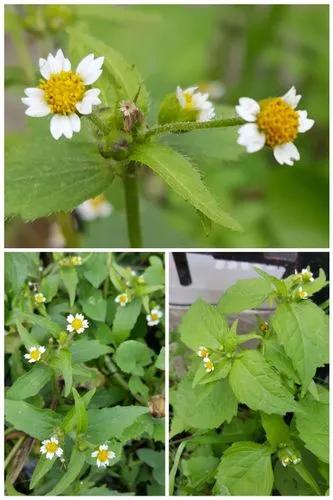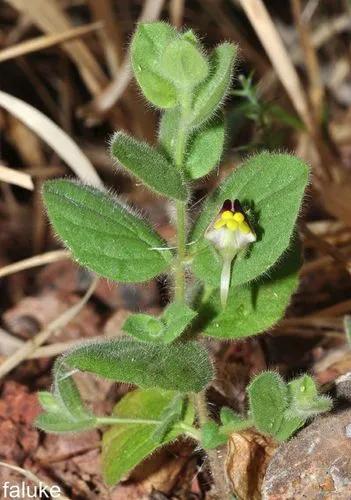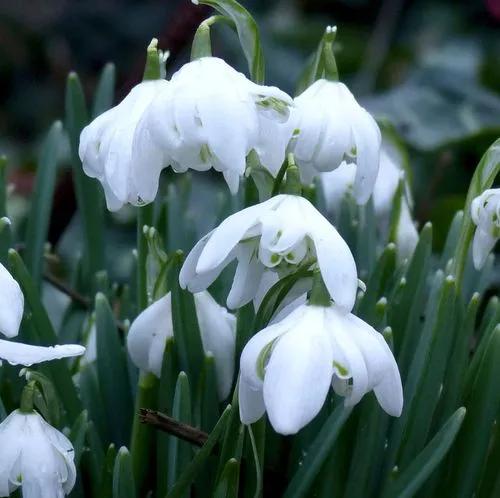Eggplant is commonly used throughout many world cuisines for its fruit, which has the ability to retain oils, fats, and spices cooked with it. As a household plant, eggplants are less common, though they are increasing in popularity, and with the proper care and attention, you can grow them anywhere in the world.
Eggplant Care
Solanum melongena



Eggplant, commonly referred to as aubergine, brinjal, or Guinea squash outside of North America, originates from southern and eastern Asia and can be identified by its generally deep purple color (though they can be white or stripped as well) and green stock.
The eggplant is part of the Solanaceae, or nightshade, family, along with other fruits and vegetables such as tomatoes, bell peppers, and chili peppers.
The plant produces light purple flowers about 2 inches (5 cm) in diameter. Flowering occurs 2 to 3 months after germination, and fully ripe fruit appears 50 to 80 days after flowering.
How to Care for the Plant

Water

1-2 inches (2.5-5 cm) of water each week is recommended. We suggest splitting this up over at least two watering sessions or using irrigation methods. Watch for wilting or flowers falling off.

Pruning

To encourage fruit production, cut lower leaves from the plant after the first fruits begin to grow. Also, remove side stems to ensure energy is not diverted from the fruits.

Fertilizer

Balanced fertilizers should be applied twice a week; if you are not using liquid fertilizers, make sure that you are using a water-soluble type. Also, be careful not to use nitrogen-heavy fertilizers, as they will stop the plant from producing fruit.

Sunlight

Eggplants require significant amounts of sunlight, especially if you are looking to grow fruits. Ensure that they have full exposure to the sun for 6 to 8 hours each day.

Soil

We recommend using looming soil with moderate pH levels, as the plant will prefer this. Also, ensure proper water drainage to avoid rot.

Propagation

Propagating eggplants through seeds requires nutrient-rich and moist soil and plenty of sun.
Eggplants can also be propagated through cuttings. Remove around an 8-inch (20.32 cm) length of stem and keep it in a container of warm water in peripheral light. We recommend changing the water every few days to keep it fresh. Once roots have sprouted, which usually occurs after a couple of weeks, plant the cutting following the general instructions of growing eggplants.

Temperature

Eggplants are from a warm climate, and are happiest in 70-85°F (20-30°C). Be careful, as frost will damage the plant, while temperatures above 85°F (29°C) may reduce its growth and fruit production.

Container

Select a pot with depth and drainage holes 20 inches (50 cm). Ensure the container is strong enough to hold the weight of the plant when it is fully grown and fruited, so heavier and wider-based containers are recommended. Also, staking your eggplant may help with balance issues and the overall health of the plant.

Fun fact

The flesh of eggplant fruits have been used as dyes in fabrics and cosmetics.

Popularity

10,902 people already have this plant 784 people have added this plant to their wishlists
Discover more plants with the list below
Related articles






